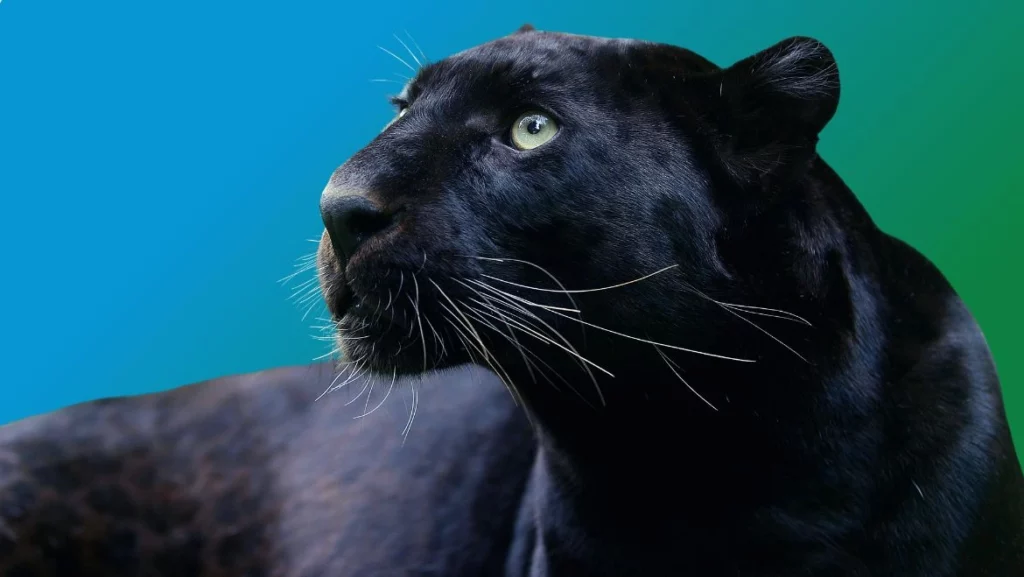In my work as a coach and shamanic practitioner, I often encounter shadow aspects. I always say these are the parts of our personality that we have neglected so far because, at first glance, they might not be pleasant to look at. But when nurtured, they can reveal themselves as true treasures.
The term shadow originates from the psychology of Carl Gustav Jung and refers to those aspects of ourselves that we have repressed into the unconscious. This often happens because they do not align with our self-image, values, or the expectations of our environment. Yet, these unconscious aspects influence our behavior, our relationships, and the achievement of our goals—often without us even realizing it.

This is where NLP and shamanism come into play. Both approaches provide different ways to access unconscious processes. NLP offers tools like parts work or timeline techniques, which foster a dialogue with repressed aspects or help us explore when they first emerged.
Shamanic journeys and working with power animals, on the other hand, create a symbolic space where we can safely encounter these parts of our personality. Together, both approaches enable a deep integration of shadow aspects, ultimately leading to profound healing and a stronger sense of wholeness.
What is a Shadow?
First and foremost: We all have shadows. They are nothing extraordinary or surprising. There are parts of ourselves that we prefer not to look at in the daylight—whether due to shame, fear, or insecurity. Yet, these repressed aspects of our personality influence us unconsciously and, if not acknowledged and integrated, can lead to inner conflicts or external projections.
What many people tend to do is project these shadows onto others—one of the main causes of suffering in the world, in my view. At first glance, it seems much easier to seek darkness outside ourselves rather than recognizing and healing it within, doesn’t it?

Especially in shamanic work, I frequently see such shadow aspects unconsciously projected onto others. This often results in misunderstandings, tensions, or even a blockage of one’s own development. Those who practice shamanism must avoid such mistakes. It is essential to take responsibility for one’s own shadow aspects and learn to consciously integrate them.
However, the shadow is not limited to seemingly negative traits like anger, fear, or jealousy; it also includes suppressed positive potentials—such as creativity, strength, or courage. These unconscious aspects can manifest in many ways: as resistance, blockages, or recurring patterns in relationships and decisions. Many people are unaware not only of their weaknesses but also of their strengths.
The conscious recognition and integration of shadow aspects—both the dark and the hidden light aspects—are therefore a powerful step toward inner peace and personal growth.
The Role of Divination in Shadow Work
Shadow work begins with recognition. In my practice, I use tools like ecology checks from NLP to notice when hidden aspects emerge. For example, if a client pursues a goal that is accompanied by unpleasant feelings or inner hesitation, this often indicates a shadow aspect.
To clearly identify shadows and avoid confusing them with external circumstances or other people, precise diagnostic methods are essential. In my shamanic practice, I use specific divination techniques to gain a deep understanding of my clients’ unconscious processes.

One example of this is the Mongolian stone oracle—a powerful method that cannot be learned from books. Such knowledge is passed down exclusively from teacher to student in shamanic traditions, often over many years. It requires an intensive connection to the spiritual realms and the ability to interpret the oracle’s messages clearly and precisely.
These tools not only serve to uncover shadow aspects but also to provide clear answers and pathways for integration. They illuminate blind spots and help prevent projecting our own issues onto others.
An Example from my Coaching Practice
A client named Lisa (name changed) came to me because she wanted to gain visibility in her career but wasn’t making any progress. She knew exactly what steps were necessary but simply couldn’t take them.
In parts work, an inner part emerged that associated visibility with danger—shaped by childhood experiences where standing out often led to criticism. Through a shamanic journey, she encountered this part in the form of a protective figure symbolizing loyalty to her family.
With gentle reframing work, we developed a new perspective: visibility was no longer perceived as “standing out” but as “building bridges” to help others. The shadow aspect was integrated, and Lisa began pursuing her professional goals with a sense of security and authenticity. The protective figure ultimately revealed itself as a lion, which now supports Lisa in courageously walking her path.
Responsibility in Shamanic Practice
Those who practice shamanism bear a special responsibility—both to themselves and to others. Shadow work requires knowing one’s own issues and avoiding projecting them onto clients or the environment. This necessitates regular self-reflection through divination techniques and shamanic practices.
One of my teachers, who lives in Mongolia, once said very aptly: “The greatest danger in spiritual work is truly projection. Your mind must be free of all your own issues so that you can work safely with people.”
Only through clear diagnostics and continuous work on our own shadows can we, as shamanic practitioners, work authentically and powerfully. Integrating these aspects strengthens not only our connection to ourselves but also our ability to help others in their healing journeys.
Do you want to learn Shamanism? I am happy to get to know you:
Comprehensive Shamanism Online Training
Join our empowering shamanism training series, “The Elements of Shamanism,” to learn shamanic practices through the lens of the elements: Water, Earth, Fire, and Wind. This course is perfect for anyone who wants to start their shamanic path to improve their own life. Through the online classes, you will learn key skills like shamanic journeying, connecting with spirit animals, and exploring your ancestral lineage.

“The Elements of Shamanism” is a course that invites you to embrace your personal power with some of the most important techniques of shamanism.
















Leave a Reply